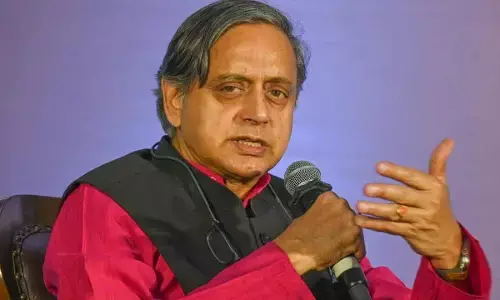Networks in the brain play a crucial role in suicide risk: Study

Credit: Any IP Ltd
Researchers have identified key networks within the brain which they say play a crucial role in fostering a person to commit suicide. The study was published in the journal, 'Molecular Psychiatry.'
Researchers have identified key networks within the brain which they say play a crucial role in fostering a person to commit suicide. The study was published in the journal, 'Molecular Psychiatry.'
The facts in relation to suicide are stark: 800,000 people die globally by suicide every year, the equivalent of one every 40 seconds. Suicide is the second leading cause of death globally among 15-29-year-olds. More adolescents die by suicide than from cancer, heart disease, AIDS, birth defects, stroke, pneumonia, influenza, and chronic lung disease combined. As many as one in three adolescents think about ending their lives and one in three of these will attempt suicide. "Imagine having a disease that we knew killed almost a million people a year, a quarter of them before the age of thirty, and yet we knew nothing about why some individuals are more vulnerable to this disease," said the first author of the study, Dr Anne-Laura van Harmelen from the University of Cambridge.
"This is where we are with suicide. We know very little about what's happening in the brain, why there are sex differences, and what makes young people especially vulnerable to suicide," Laura added.
The team of researchers in order to understand the study well carried out a review of two decades' worth of scientific literature relating to brain imaging studies of suicidal thoughts and behaviour. In total, they looked at 131 studies, which covered more than 12,000 individuals, looking at alterations in brain structure and function that might increase an individual's suicide risk.
Combining the results from all of the brain imaging studies available, the team looked for evidence of structural, functional, and molecular alterations in the brain that could increase the risk of suicide. They identified two brain networks - and the connections between them - that appear to play an important role.
The first of these networks involve areas towards the front of the brain known as the medial and lateral ventral prefrontal cortex and their connections to other brain regions involved in emotion. Alterations in this network may lead to excessive negative thoughts and difficulties regulating emotions, stimulating thoughts of suicide.
The second network involves regions known as the dorsal prefrontal cortex and inferior frontal gyrus system. Alterations in this network may influence suicide attempt, in part, due to its role in decision making, generating alternative solutions to problems, and controlling behaviour.
The majority of studies so far have been cross-sectional, meaning that they take a 'snapshot' of the brain, rather than looking over a period of time, and so can only relate to suicidal thoughts or behaviours in the past. The researchers say there is an urgent need for more research that looks at whether their proposed model relates to future suicide attempts and at whether any therapies are able to change the structure or function of these brain networks and thereby perhaps reduce suicide risk.













